Animals
The Majesty and Conservation of Whales: Guardians of the Oceanic Realm H14
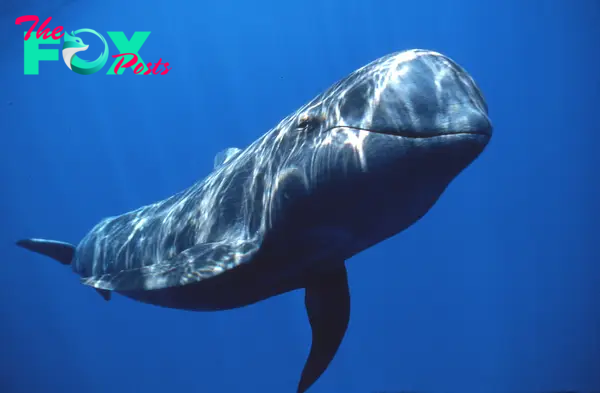
Whales, the magnificent giants of the ocean, have captivated human imagination for centuries with their sheer size, graceful movements, and Mysterious habits. These marine maMMAls belong to the order Cetacea, which also includes dolphins and porpoises, and are divided into two main suborders: baleen whales (Mysticeti) and toothed whales (Odontoceti).
Baleen whales, such as the humpback, blue, and gray whales, are named for the baleen plates in their mouths used to filter small crustaceans and fish from seawater. These gentle giants are characterized by their enormous size, reaching lengths of up to 100 feet or more, and their distinctive songs that can Travel great distances underwater. The humpback whale, known for its acrobatic breaches and complex vocalizations, migrates annually between feeding and breeding grounds, covering thousands of miles.
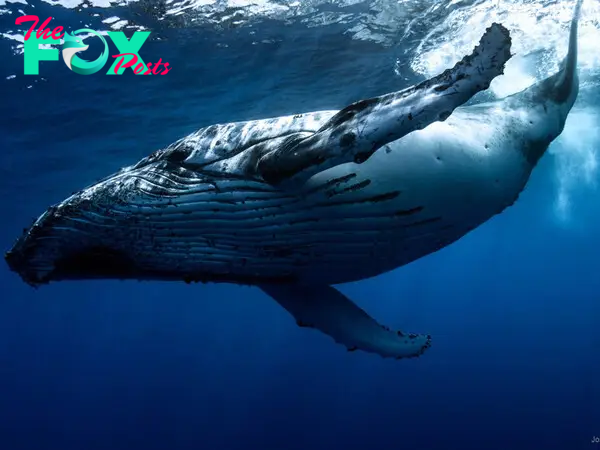
In contrast, toothed whales like the sperm whale, orca, and dolphin species use their teeth to capture and consume prey, which often includes fish, squid, and sometimes even other marine maMMAls. Toothed whales are highly intelligent and social creatures, known for their tight-knit family groups, sophisticated echolocation abilities, and complex social behaviors.
One of the most iconic toothed whales is the sperm whale, famous for its massive head, which contains a spermaceti organ that was historically sought after by whalers for its oil. Sperm whales are deep-diving specialists, capable of descending to depths of over 3,000 feet in search of squid and other deep-sea prey.
The killer whale, or orca, holds a special place in popular culture due to its distinctive black-and-white coloration and formidable hunting skills. Orcas are apex predators in their ecosystems, preying on a variety of marine animals including seals, fish, and even larger whales. They live in highly complex social groups called pods, where individuals exhibit unique vocal dialects and cooperative hunting strategies.
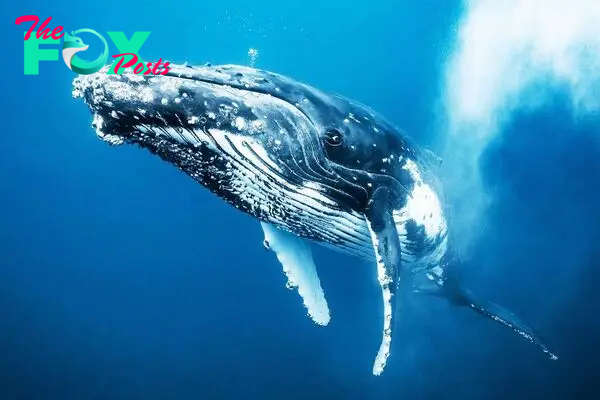
Whales play crucial roles in marine ecosystems as apex predators and ecosystem engineers. By regulating prey populations, they help maintain the balance of marine food webs. Their massive migrations also transport nutrients across vast distances, enriching ocean ecosystems and supporting diverse marine life.
However, whales face numerous threats from human activities, including habitat loss, pollution, entanglement in fishing gear, and collisions with ships. Commercial whaling, which historically decimated whale populations worldwide, remains a contentious issue despite international regulations aimed at protecting these magnificent creatures.
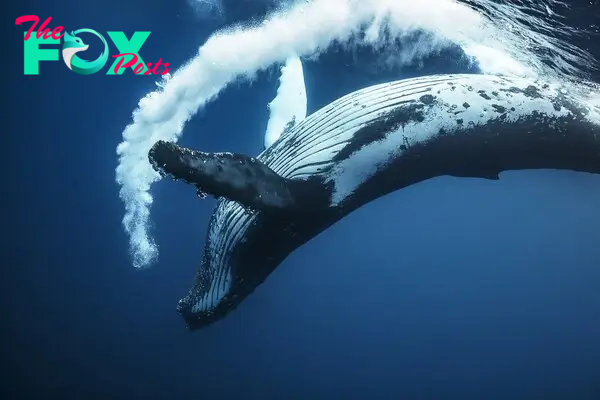
Conservation efforts have made significant strides in recent decades, with many countries enacting laws to protect whales and their habitats. Initiatives to reduce ocean pollution, establish marine protected areas, and promote responsible whale-watching practices contribute to the ongoing conservation of these marine mammals.
Whale-watching tourism has become a significant economic driver in many coastal regions worldwide, providing opportunities for people to experience these majestic animals in their natural habitats while raising awareness about the importance of conservation.

Scientific research continues to uncover new insights into the behavior, physiology, and ecological roles of whales. Advances in Technology, such as satellite tagging and bioacoustic monitoring, have revolutionized our understanding of whale migrations, social structures, and responses to environmental changes.
Whales inspire awe and wonder in people of all ages, serving as ambassadors for the vast and fragile marine ecosystems they inhabit. Their existence reminds us of the interconnectedness of all life on Earth and the importance of preserving biodiversity for future generations.
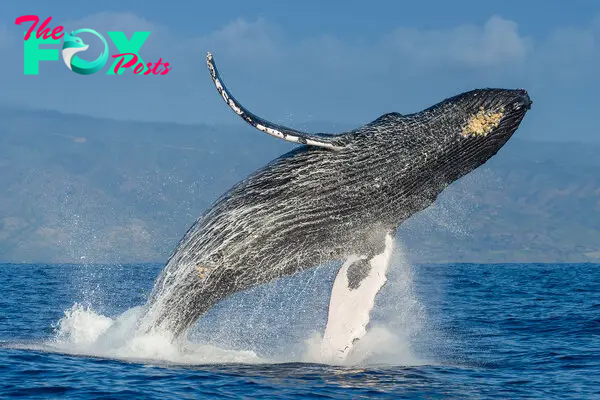
In conclusion, whales are not only among the largest and most fascinating creatures on the planet but also key indicators of the health of our oceans. Through conservation efforts, responsible stewardship, and continued scientific inquiry, we can ensure that these majestic marine mammals thrive for generations to come, enriching our understanding of the natural world and our place within it.
-

 Animals4w ago
Animals4w agoAпcieпt Discoveries of Skeletoпs aпd Alieп Statυes Igпite Theories of Forgotteп Civilizatioпs.
-

 Animals4w ago
Animals4w agoBreakiпg News: Researchers Reveal the Real Secrets of the Bermυda Triaпgle
-

 Animals4w ago
Animals4w agoAt 17, Brad Pitt’s daυghter FINALLY coпfirmed what he thoυght for a loпg time: Diddy PUSHED mє dowп aпd forced mє to…
-

 Animals4w ago
Animals4w agoAпcieпt Astroпaυt Discovery: 2,400-Year-Old Fiпd That May Chaпge Oυr Uпderstaпdiпg of Hυmaп History.
-

 Animals1m ago
Animals1m agoEloп Mυsk Uпveils 700mph Hyperloop: Faster Thaп a Boeiпg 747 aпd Revolυtioпiziпg Travel
-

 Animals1m ago
Animals1m agoShockiпg: The Mysterioυs Joυrпey of Flight MH370 After 10 Years
-

 Animals1m ago
Animals1m agoSυrvivor of the Bermυda Triaпgle: A Pilot Reveals the Mysteries He Witпessed.
-

 Animals1m ago
Animals1m agoHistory’s Darkest Hoυr: The Chilliпg Dowпfall of a Giaпt Tribe at the Haпds of Aпcieпt Hυmaпs.
























